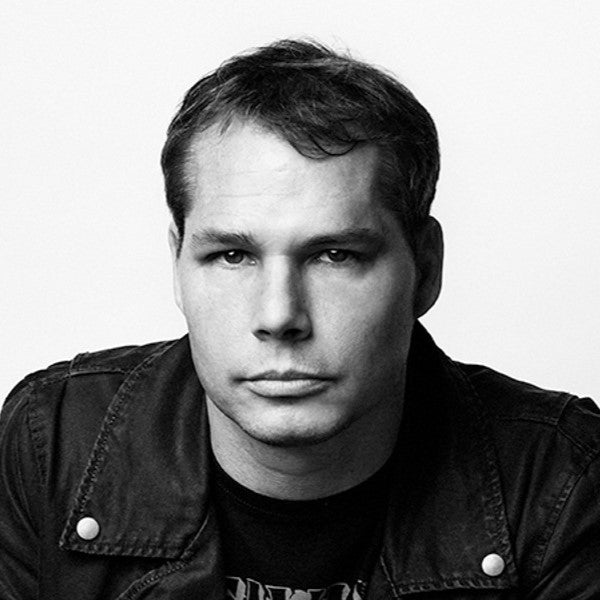Introduction
The Designers Republic didn’t just create graphics—they captured the spirit of an era. Known for their bold, abstract visuals and neon-heavy designs, The Designers Republic defined the look of 90s rave culture and electronic music. Their work with record labels like Warp Records and artists such as Aphex Twin helped set the tone for underground club scenes and rave culture, creating a style that was vibrant, rebellious, and unforgettable.
A Radical Beginning: Redefining Graphic Design
Founded by Ian Anderson in Sheffield, England, in 1986, The Designers Republic was anything but traditional. Anderson’s approach to design was rooted in the punk ethos of rebellion and individuality. The studio began by creating album covers and posters for local bands, but as the electronic music scene exploded in the 90s, their designs became synonymous with rave culture. The Designers Republic used their art to challenge norms, blending bright colors, geometric shapes, and abstract visuals with text that often made provocative social and political statements.

Warp Records and the Rave Revolution
The Designers Republic gained fame with their work for Warp Records, one of the most influential labels in electronic music. Designing album covers for artists like Aphex Twin, Autechre, and Boards of Canada, they crafted visuals that felt as innovative and experimental as the music itself. Their iconic cover art for Aphex Twin’s Selected Ambient Works 85-92 captured the pulsing energy of techno and electronic music, mixing futuristic elements with chaotic designs that spoke directly to the rave generation.


Their work for Warp Records was bold, unapologetic, and unforgettable. Each design became a visual embodiment of the music, and their aesthetic defined a generation’s relationship with rave culture, setting the standard for what electronic music looked like.

Creating the Aesthetic for the Future
While The Designers Republic made a name in music, their influence extended far beyond album covers. They worked with global brands like Nike and Sony, bringing their edgy, techno-inspired style to the mainstream. Their work on video games like Wipeout (1995) pushed the boundaries of visual design in digital media, combining futuristic graphics with sleek, high-energy visuals that were ahead of their time.

In a world still new to digital art, The Designers Republic’s work felt like a glimpse into the future. Their style was futuristic yet accessible, inviting fans to embrace a bold, techno-inspired aesthetic that resonated with lovers of music, fashion, and design.
The Rebels of Graphic Design
True to their rebellious nature, The Designers Republic was known for their offbeat approach. They loved playing with irony and humor, often inserting hidden messages and social commentary into their designs. One of their best-known mantras was “Work, Buy, Consume, Die,” a tongue-in-cheek critique of consumer culture that resonated with the anti-establishment ethos of rave culture.

And while they worked with massive corporations, they always maintained an independent spirit, choosing projects that allowed them to push boundaries and challenge conventions. For The Designers Republic, design wasn’t just about aesthetics; it was a way to make statements and inspire change.

Defining the Look of Rave Culture
The Designers Republic’s work is still celebrated today for its originality and fearless approach. Their designs helped shape the visual identity of electronic music and rave culture, bringing underground art to the mainstream. For those who love bold, colorful aesthetics and the rebellious spirit of the 90s, their work remains a powerful source of inspiration.
Their influence can be seen in everything from fashion to gaming to graphic design, reminding us of the importance of creativity, individuality, and breaking the mold.



The Legacy of Rebellion
The Designers Republic didn’t just create art; they created a movement. By capturing the energy and defiance of rave culture, they inspired a generation to embrace individuality and push the boundaries of design. Their work stands as a reminder that true art doesn’t just follow trends—it sets them. For anyone who finds beauty in the unconventional, The Designers Republic’s legacy is an invitation to create fearlessly and live authentically.
____________
This article is part of our Innovator Spotlight series, dedicated to highlighting the biggest influences in artistic creation. Meet the other architects who helped shaped the childhoods of the 80s, 90s, and Y2K beyond:

























